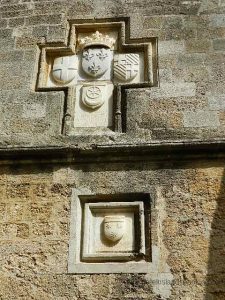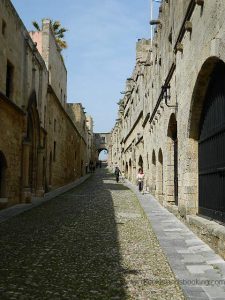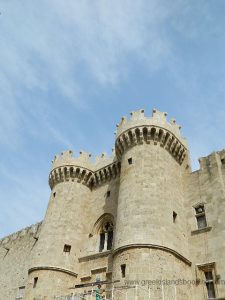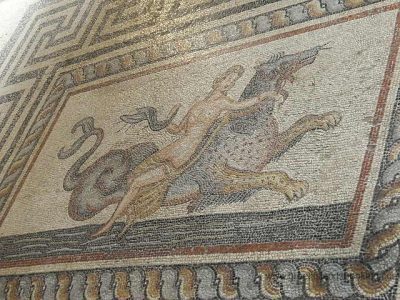History of Rhodes island
The history of Rhodes began from the Neolithic age. In fact, the island of Rhodes was inhabited in the Neolithic age although few traces remain of this historical period. Around 1500 BC the first development began. With the arrival of the Dorians, they built the three important cities of Lindos, Ialyssos and Camiro, which together with Kos, Cnidus and Halicarnassus, gave rise to Doric Hexapolis. After the city of Athens defeated the invading Persians in 478 BC, the three cities of Rhodes joined the Athenian League.
Peloponnesian War
At the outbreak of the Peloponnesian War in 431 BC, Rhodes remained neutral, although part of the league along with the other islands of Dodecanese. New capital was built in the north part of the island, whose construction works were carried out by the architect Hippodamus. The general weakening of the political situation following the Greek Peloponnesian War meant that the island was first conquered by Mausolus of Halicarnassus, then by the Persians in 340 BC, then by Alexander the Great in 322 BC.
After Alexander’s death, three of his generals (Ptolemy, Seleucus, and Antigonus) divided the Empire. Rhodes shook strong cultural and trade relations with the Ptolemies in Alexandria forming the Egyptian-controlled commercial traffic in Aegean. Rhodes town became maritime, commercial and cultural center of great importance whose currency circulated throughout the Mediterranean.
Its famous schools of philosophy, science, literature and rhetoric rivaled those of Alexandria. The most important exponents of this great moment were the master of rhetoric Aeschines, Apollonius of Rhodes, astronomers Hipparchus and Geminus, the philologist and grammarian Dionysius Thrax. The school of sculpture developed a rich and dramatic style known as “Hellenistic Baroque”. In 305 BC the son of Antigonus besieged Rhodes in order to break the alliance.
A year later, in 304 BC, came to a peace agreement and the siege was lifted: the islanders decided to sell the equipment abandoned by the attackers . They erect a statue to the god Helios, the statue known as the Colossus of Rhodes. In 164 BC Rhodes signed a treaty with Rome. Nevertheless maintained a great commercial importance.
Roman Era to Modern Age
In the first century A.D. the Emperor Tiberius spent a brief exile on Rhodes island.
Christianized by St. Paul, after the fall of the Western Roman Empire belonged to the Byzantine Empire, but it was several times occupied by the Arabs and several groups of pirates. During the Crusades, Rhodes came under the control of the Knights Hospitaller which then became known as the Knights of Rhodes. The city was rebuilt as an ideal model of the European medieval city: from this period are many famous landmarks including the Palace of the Grand Master.
In December 1522, Rhodes could not resist the large army of Suleiman the Magnificent. The few remaining riders was allowed to retire to Malta and the island remained under Ottoman rule for four centuries. To this long Ottoman occupation followed the decline of the Empire and along with the other islands of the Dodecanese, Rhodes was assigned to Italy with the treaties that ended the Italian-Turkish war.
During the Italian all the island became part of the Italianization project for Greek island in the Dodecanese. The island of Rhodes hosts today, along with the island of Kos and Leros island a strong presence of the Italian culture in architecture and daily habits. Following the outbreak of World War II and the entry of Italy into the conflict, Rhodes was also the scene of heavy fighting. After the decline of fascism was occupied by the Germans. In 1947, following the Treaty of Paris, Italy was forced to cede the Dodecanese to Greece.







